1. Weine F S. Endodontic therapy. 3rd ed.st. Louis: C.V. Mosby Co.;p. P.2. 1982.
2. Buchanan L S. The standardized-taper root canal preparation-part 3. GT file technique in large root canals with small apical diameters. Int. Endodont. J. 34(2):149–156. 2001.
3. Gluskin A H. A reconstructed computerized tomographic comparison of GT files versus traditional instruments in canals shaphed operators. Int. Endodont. J. 34(6):476–484. 2001.
4. Cohen S, Burns R C. Pathways of the pulp. 7th ed.st. Louis: C.V. Mosby Co.;p. P.258. 1998.
5. Leung S F, Gulabivala K. An in-vitro envaluation of the influence of canal curvature on the sealing ability of Thermafil. Int. Endodont. J. 27:190–196. 2001.
6. Skinner RL, Van Himmel T. The sealing ability of injection-molded thermoplasticized gutta-percha with and without the use of sealers. J Endodon. 13:315–317. 1987.

7. Franklin S Weine. Endodontic Therapy. 5th ed.st. Louis: Mosby;p. 436–437. 1996.
8. Schilder HC. Filling root canals in three dimensions. Dent. Clin. North Am. 723:44. 1967.

9. Buchanan LS. The continuous wave of obturation technique :‘Centered’condensation of warm gutta percha in 12 seconds. Dent Today. 61–67. 1996.
10. Kirk A. DuLac : Comparision of the obturation of Lateral by six Techniques. The American Association of Endodontics. 25(5):376–380. 1999.
11. 임 동열, 이 희주, 허 복. 측방가압법과 system BTM를 이용한 근 관충전시 근관만곡도에 따른 폐쇄효과의 비교. 대한치과보존학 회지. 24:482–488. 1999.
12. Ludovic Pommel. Invitro Apical Leakage of System B Conmpared with other Filling Technicquesx. The American Assiciation of Endodontists. 27(7):449–451. 2001.
13. Hervert Schilder. Filling root canals in three dimensions. Dental Clinics of North America November. 723–744. 1967.
14. Patrick Wahl. Optimal obturation and shaping. Dent Today June. 78–81. 1996.
15. Buchanan LS. Cleaning and shaping the root canal system. Cohen S, Burns RC, editors. ed. pulp. 5th ed.st. Louis, Mo, USA: Mosby-Yearbook, Inc..
16. Schilder H. Cleaning and shaping the root canal. Dental Clinics of North America. 18:269–296. 1974.
17. Short JA, Morgan LA, Baumgartner JC. A comparision of canal centering ability of four techniques. Journal of Endodontics. 23:503–506. 1997.
18. Walia H, Brantley WA, Gerstein H. An initial investigation of the investigation of the bending and torsion of Nitinol root canal files. Journal of Endodontics. 14:346–351. 1988.
19. Coleman CL &, Svec TA. Anaylysis of Ni-Ti versus stainless steel intrumentation in root canals. Journal of Endodontics. 23:232–235. 1997.
20. Thompson SA, Dummer PMH. Shaping ability of lightspeed rotary nickel-titanium instruments in stimulated root canals. Part2. The American Association of Endodentists. 23(12):742–747. 1997.
21. 임 성삼 저. 임상근관치료학. 2th. 의치학사. 526–527. 1999.
22. Ozata F, Onal B, Erdilek N, Turkun SL. A comparative study of apical leakage of Apexit, ketac-endo, and diaket root canal sealers. J Endodon. 25:603–604. 1999.
23. Ahlberg KMF, Assavanop P, Tay WM. A comparison of the apical dye penetration patterns shown by methylene blue and India ink in root-filled teeth. Int Endodon. 28:30–34. 1995.

24. Limkangwalmongkol S, Abbott PV, Sandler AB. Apical dye penetration with four root canal sealers and gutta-percha using logitudinal sectioning. Int Endodon. 18:535–539. 1992.
25. Limkangwalmongkol S, Burtscher P, Abbott PV, Sandler AB, Bishop BM. A comparative study of apical leakage of four root canal sealers and latrally condensed gutta-percha. Int Endodon. 17:495–499. 1991.
26. Czonstkowsky M, Michanowicz A, Vazque J. Evaluation of an injection of thermoplasticized low temperature gutta-perch using radioactive isotopes. J Endodon. 11:71–74. 1985.
27. Haikel Y, Wittenmeyer W, Bateman G, Bentaleb A, Allemann C. Anew method for the quantitative analysis of endodontic microleakage. J Endodon. 25:172–177. 1999.
28. Mechailesco PM, Valcarcel J, Grieve AR, Levallois B, Lerner D. Bacterial leakage in endodontics : An improved method for quantification. J Endodon. 22:535–539. 1996.
29. Miletic I, Anic I, PEzelj-Ribaric s, Jukics . Leakage of five root canal sealers. Int Endod J. 32:415–418. 1999.

30. Beeler WJ, Marshall FJ, Brown AC. The permeability of apical barriers. J Endodon. 15:422–426. 1989.

31. Tharuni L, Parameswaran A, Sukumaran VG. A comparison of canal preparation using the k-file and light speed in resin blocks. J Endodon. 22:474–476. 1996.
32. 권오 상, 김성 교. 전동화일로 형성된 근관에서 비표준화 Gutta-percha cone의 적합성. 대한 치과 보존학회지. 25:390–398. 2000.
33. Haikel Y, Wittenmeyer W, Bateman G, Bentaled A, Allemann C. A new method for quantitative analysis of endodontic microleakage. J Endodon. 25:172–177. 1999.
34. Hopkins JH, Remeikis NA, Van Cura JE. Mcspadden versus lateral condensation:The exetent of apical microleakage. J Endodon. 12:198–202. 1986.
35. Fuss Z, Rickoff BD, Santos Mazzal, Wikarzczuk M, Leon SA. Comparative sealing quality of gutta percha following the use of the Mcspadden compactor and engine plugger. J Endodon. 11:117–121. 1985.
36. Kerekes K, Rowe A. Themomechanical compaction of gutta-percha root filling. Int Endodon J. 15:27–35. 1982.
37. Bradshaw G B, Hall A, Edmunds DH. The sealing ability of injection-moulded thermoplasticized gutta-percha. Int Endodon J. 22:17–20. 1989.

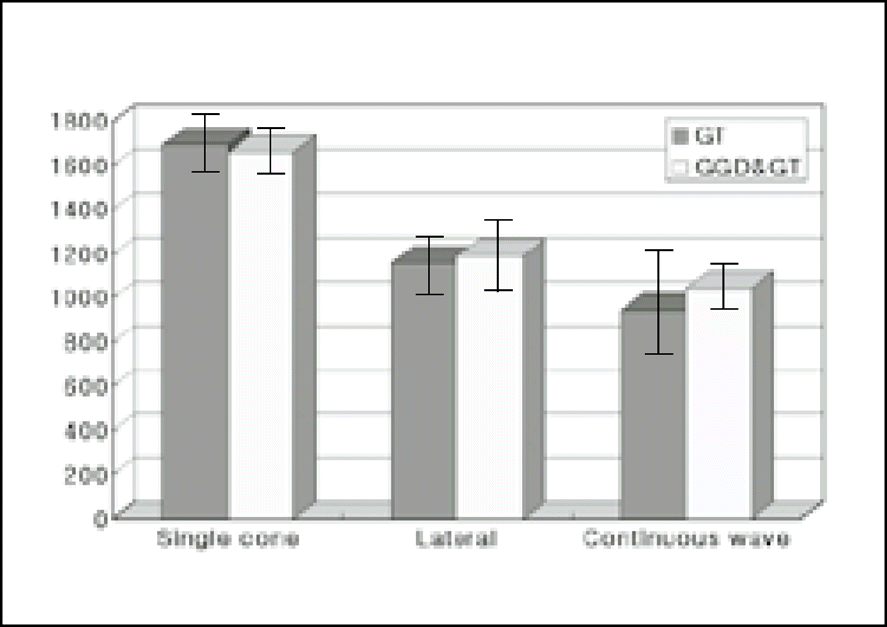




 PDF
PDF ePub
ePub Citation
Citation Print
Print


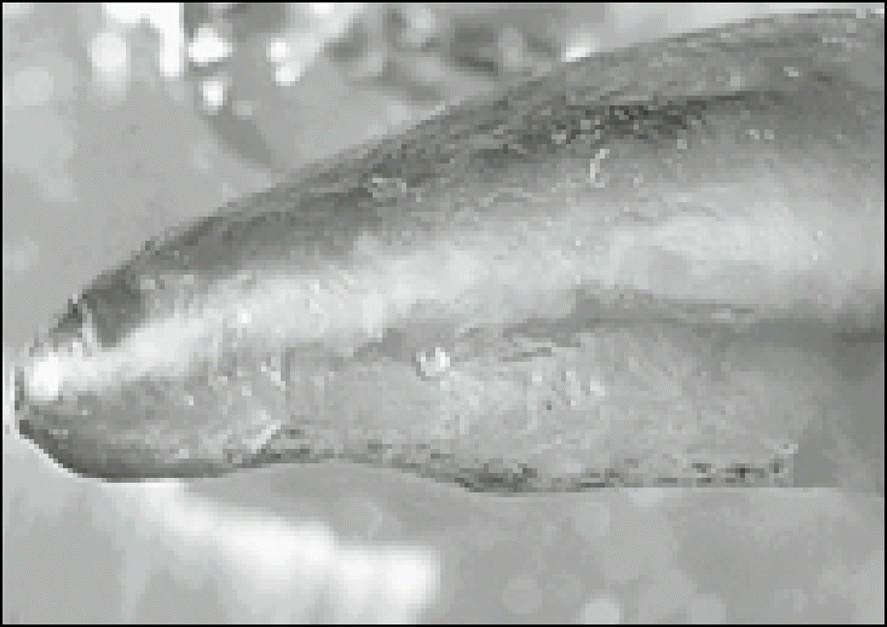
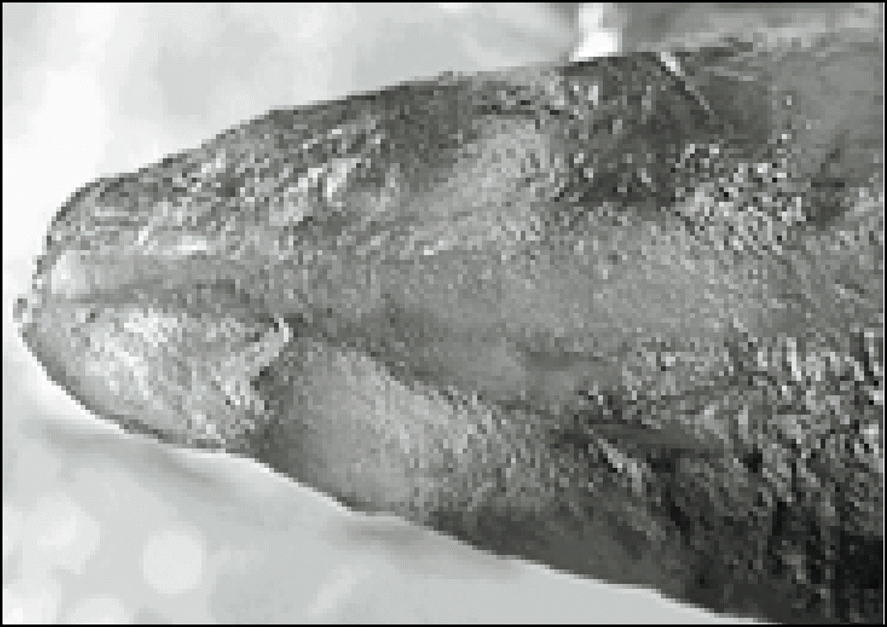
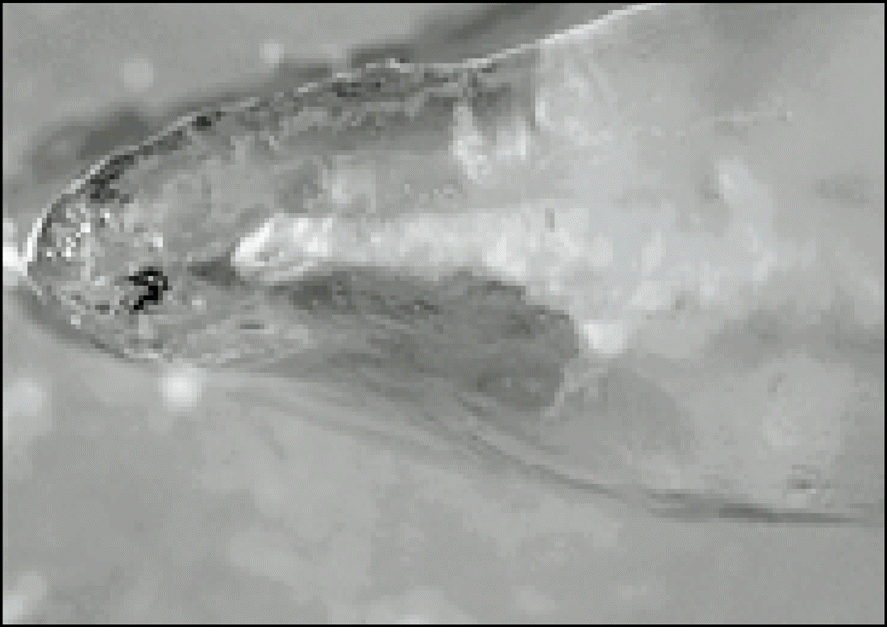
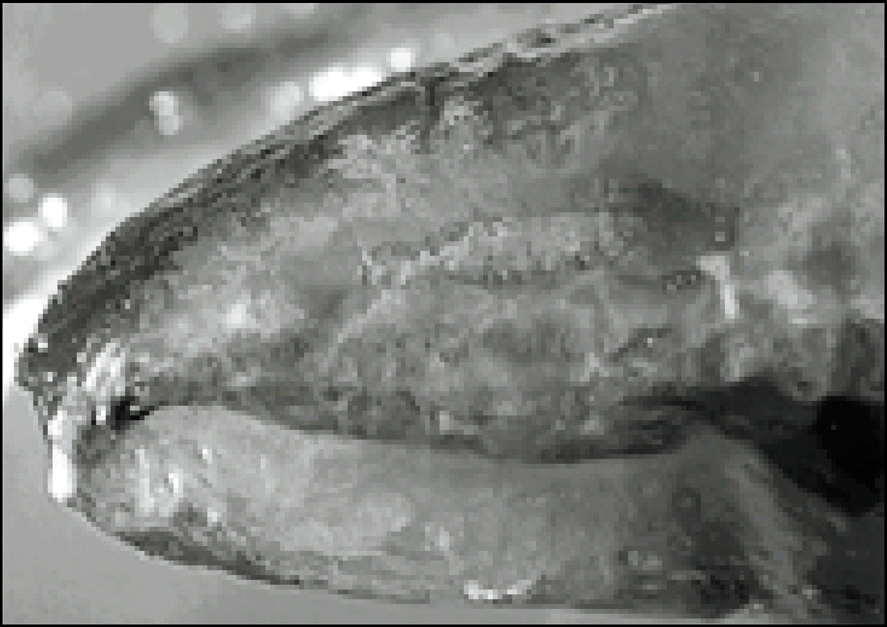
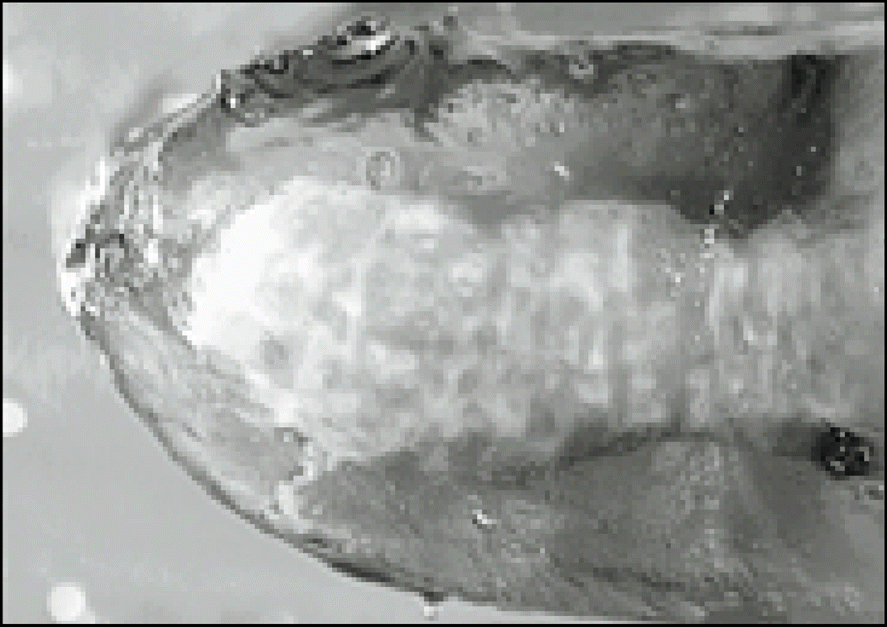
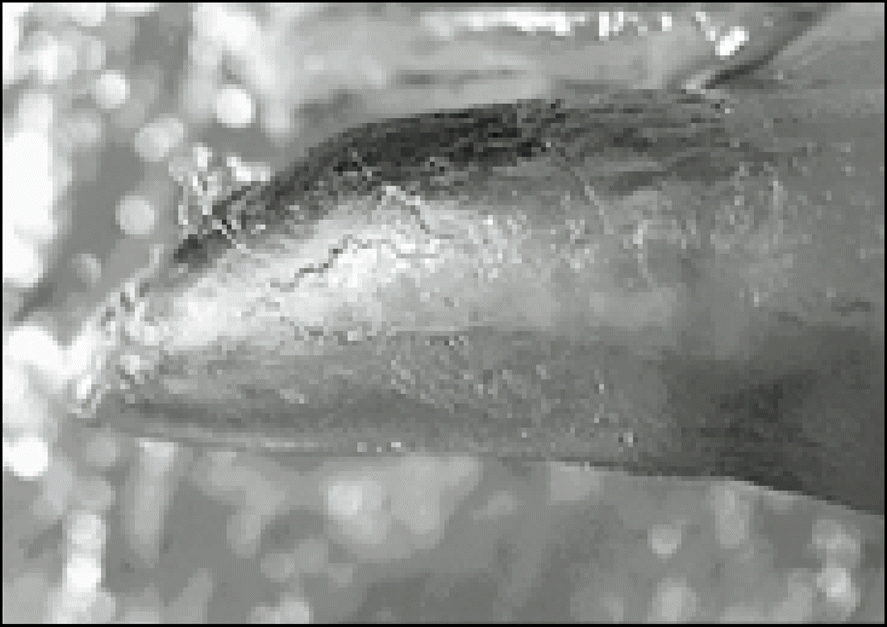

 XML Download
XML Download